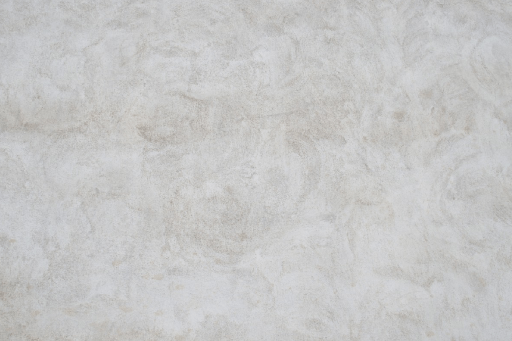More than 10,000 houses have been destroyed in Los Angeles, the charred piles of wood and metal all that remains after the fast-moving wildfires.
But within that wreckage, some homes are still standing, seemingly untouched.
It’s a phenomenon that’s been seen in other high-intensity fires, something that can feel like a stroke of luck. Sometimes, the houses survived because the winds could have shifted at just the right moment. But more often, fire experts are finding those homeowners took key precautions that likely saved their houses from burning.
The key safeguards are things that can be done to the house itself, as well as the environment directly around it, including the density of flammable plants. Many are already requirements in California’s building codes for fire-prone areas and its rules for clearing nearby brush and vegetation, known as creating “defensible space.” Few other Western states have adopted similar standards, even those that have seen destructive wildfires.
In Los Angeles, fire experts are surveying the surviving homes, looking for clues about what worked, in the hope of improving construction standards and helping prevent similar disasters.
Forensics for buildings

Steve Hawks is a forensic analyst, of sorts. Not for crime scenes, but for buildings.
In Pasadena, he walks up a narrow cul-de-sac with several homes destroyed in the Eaton Fire, which consumed or damaged more than 7,000 structures. Hawks is here with a team from the Insurance Institute for Business & Home Safety, a non-profit research group that studies how buildings burn, funded by the insurance industry. After major fires, the group deploys to study how buildings fare in such extreme conditions.
